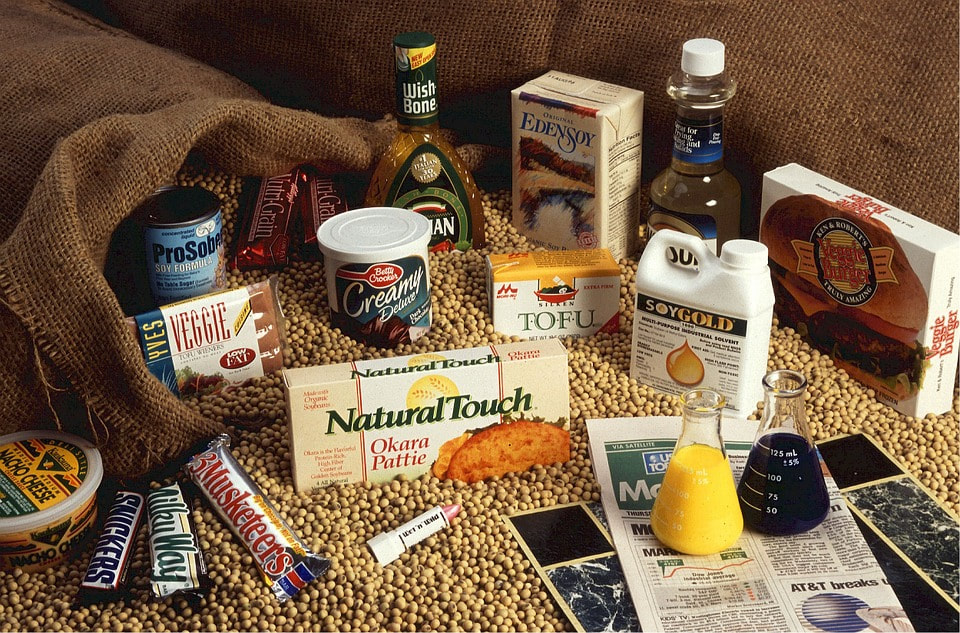
LET’S TALK ABOUT SOY, BABY!
There has been a lot of information in the media about soy in recent years. Some paint it as a pretty picture, a vegan’s protein dream. There is a health “halo” surrounding soy. Others look at soy as the body’s own personal nightmare. Let’s first dig into a little bit of the history of soy in the human diet, and then move into the nutritional profile of it, both pros and cons.
The soy bean crop originally was used thousands of years ago in Asia as a top crop, like fertilizer. It helped other crops grow because it fixed nitrogen in other crops and assisted in the absorption of oxygen.
Soy beans and their products were not even eaten by humans until 2500 years ago. The first form of soy being eaten was fermented soy made into a kind of paste, similar to our modern day miso. The miso paste and salt was utilized to preserve meats longer (as there was no refrigeration in those times). It was also added to soups.
In ancient China, monks were given tofu because it reduced their desire for sex. The testosterone hormone levels in the monks reduced and they could focus on their ritual duties much better. The tofu and soy products kept them, for the most part, honoring their vow of celibacy. In addition, the estrogen levels of the monks were elevated.
Nowadays the United States of America is the largest grower and exporter of soy in the world. Unfortunately, most of it is genetically modified and the seeds are owned by the giant company Monsanto.
Soy beans contain anti-nutrients, which are harmful to humans. In order for them to be non-damaging to us, they must be fermented or soaked. The soy products in our supermarkets are not as healthy as once thought. Soy is found in almost every packaged processed food. Personally, I can only find one brand of organic, wild sprouted, non GMO tofu in my grocery store. After reading and researching the truth about the hormone levels that can be altered by soy, I eat it sparingly.
In all of the products that the incredible edible soy is made into, it still is not a high source of protein. It is only about 61 percent protein and not all of that is bioavailable to the body. The rest of the nutrient makeup are carbohydrates and fat.
Basically, soy products are highly processed foods. It takes a lot to make soy milk and oil palatable (taste good). We don’t find any soy products in nature, like a fruit, vegetable, flower, seed, or animal.
So if you enjoy soy products as I do, once in a while, just have the knowledge that it mimics estrogen in the body. Try not to have it daily, and read the ingredient labels on processed foods, junk foods, and shelf stable products to see where soy is added. Knowledge is power.
Blessings,
KJ Landis
SuperiorSelf channel on YouTube
@superiorself on Instagram and Twitter
KJ Landis on Linkedin
Superior Self with KJ landis on Facebook

 RSS Feed
RSS Feed